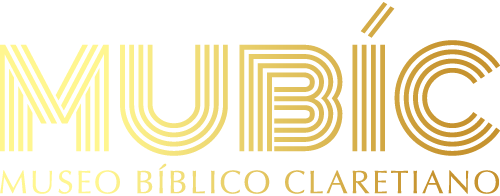



Foro
About Me
Electric fences are an efficient and widely used answer for managing livestock, enhancing security, and even protecting crops from wildlife. Earlier than installing an electric fence, it's crucial to understand its parts and how they work together to create a reliable barrier. This knowledge ensures not only efficient set up but also long-term functionality and safety. Right here’s a comprehensive guide to the essential elements you want earlier than installation.
1. Power Source
The heart of any electric fence system is the ability source, which provides the energy needed to generate an electric current. The most common options are:
Mains-Powered Energizers: These are plugged into a regular electrical outlet and are suitable for installations where a reliable energy source is available. They provide consistent and highly effective energy, making them very best for big-scale fencing.
Battery-Powered Energizers: These energizers are portable and can be used in areas without a nearby electrical outlet. Nevertheless, they require common battery checks and replacements.
Solar-Powered Energizers: Perfect for distant areas, solar-powered energizers use sunlight to charge a battery that powers the fence. They are eco-friendly and cost-effective however want sufficient sunlight to take care of charge.
2. Energizer (Fence Charger)
The energizer, or fence charger, is the element that converts the ability from the source right into a high-voltage pulse that travels through the fence wires. The type of energizer you select depends on the power source and the size of the fence:
Low-impedance Energizers: These are designed to maintain the voltage even when the fence comes into contact with weeds or vegetation, making them ideally suited for areas with high foliage.
Standard Energizers: Suitable for environments with minimal vegetation, these energizers are less costly but could lose efficiency if vegetation touches the fence.
3. Fence Wire
The wire is the conductor that carries the electric pulse across the fence. Completely different supplies and types of wire serve totally different purposes:
High-Tensile Wire: Made of metal, this wire is powerful, durable, and suitable for long runs of fencing. It is less likely to sag and might withstand tension.
Polywire: A lightweight option that is simpler to install and more seen to animals. It is often utilized in short-term fencing setups.
Poly Tape: Wider and more visible than polywire, it is right for horses and different animals that need a more discoverable barrier.
4. Insulators
Insulators are essential in stopping the electric current from grounding out and losing effectiveness. They hold the wire in place while keeping it from touching the fence posts, which are typically grounded. Insulators are available in several types depending on the material of the posts:
Plastic Insulators: Commonly used with metal or wooden posts, these insulators are durable and resistant to weathering.
Porcelain Insulators: Known for their longevity and ability to withstand high voltages, porcelain insulators are often utilized in more everlasting installations.
5. Fence Posts
The fence posts provide the physical structure of the fence, supporting the wire at common intervals. The selection of posts depends on the type of fencing and the terrain:
Wooden Posts: Preferrred for permanent installations, wooden posts are sturdy and might assist high-tensile wire effectively.
Metal T-Posts: Simpler to put in and move, these posts are commonly used for both everlasting and non permanent fencing.
Fiberglass Posts: Lightweight and non-conductive, fiberglass posts are a superb option for areas where the posts might be uncovered to moisture.
6. Grounding System
A proper grounding system is essential for the electric fence to work efficiently. It completes the circuit when an animal touches the fence, delivering the electric shock. The grounding system typically consists of ground rods driven deep into the soil and related to the energizer. The number and depth of ground rods wanted depend on soil conditions and the size of the fence.
7. Fence Tester
A fence tester is an easy yet vital tool that permits you to check the voltage along the fence line. Regular testing helps make sure that the fence is functioning accurately and that any issues, comparable to a drop in voltage, can be quickly recognized and addressed.
8. Warning Signs
For safety, especially in areas accessible to the public, it’s essential to install warning signs at regular intervals along the fence. These signs alert people to the presence of an electric fence and help prevent unintended contact.
Conclusion
Understanding the elements of an electric fence is crucial for a profitable installation. Each part performs a particular role in the total effectiveness and safety of the fence. By caretotally choosing and putting in each part, you can be sure that your electric fence system is reliable, efficient, and capable of meeting your particular needs. Whether or not you are protecting livestock, securing property, or safeguarding crops, a well-designed electric fence is an investment in peace of mind.
If you have any kind of concerns pertaining to where and ways to utilize https://www.jva-int.com.my, you can contact us at the web site.
Location
Occupation
Latest Post: Nuevo Testamento Our newest member: juliannmansour6 Recent Posts Unread Posts Tags
Forum Icons: Forum contains no unread posts Forum contains unread posts
Topic Icons: Not Replied Replied Active Hot Sticky Unapproved Solved Private Closed


